It’s been 100 days since the Taliban swept through Kabul and came back to power in Afghanistan. The group has now finally laid out its vision for what journalism in the Islamic Emirate should look like – or rather, what it shouldn’t. Following a meeting with media officials in Kabul, the re-established Ministry of Vice and Virtue has drafted an eight-article “code of conduct” for journalists according to its reading of Islamic law. Published in Pashto, the code read as follows:
1. The media should not disseminate films that violate Islamic law and Afghan values.
2. Domestic and foreign films that promote foreign culture in Afghan society and cause immorality should not be screened.
3. It is forbidden to broadcast satirical and comedy programs in which people are humiliated.
4. The media should refrain from broadcasting programs and serials in which religion and human dignity have been insulted.
5. It is forbidden to share videos and films that show the female private parts.
6. Female journalists on television must observe Islamic hijab.
7. The media should not disseminate serials in which women have played a role.
8. It is strictly forbidden to broadcast TV serials that allegorize or portray the prophets and their companions.
The Taliban's new set of edicts has drawn a wave of criticism from both the media and ordinary Afghan citizens. Masrour Lotfi, a spokesman for the country’s National Union of Journalists, said the new code was blighted by “generalities” that needed further explanation: "It must be established which program is not in accordance with the religion of Islam."
Lotfi fears the Afghan media community is already on the verge of collapse. Financial crisis, newly limited access to information, and the risk of beatings or imprisonment if they put a foot wrong have already driven untold numbers to leave the profession. “Every day media activity is getting harder. We need a proper, prudent solution to save the media from ruin. The industry and journalists face myriad economic problems; some have turned to hard labor and peddling.”
The Taliban, Lotfi said, should also give the public better access to information and end the selective treatment and detention of journalists. But in this atmosphere, there is little to no incentive for the Taliban to do so.
Hamid Momen is head of the Nai Foundation, a Kabul-based organization working to empower free media and extend free speech in Afghanistan. Like many of his colleagues, Momen sees a bleak period ahead for Afghan journalism. With the new code of conduct, he said, "The Taliban have practically ignored freedom of expression. Freedom of expression is completely restricted in these eight articles. As a media activist, I can’t see any good future here for Afghan media. In such conditions they can’t play a significant role.”
“Women Will Have No Place”
The code also underscores the Taliban’s attitude towards women. Shortly after the takeover in late summer, signage for the Ministry of Women’s Affairs was taken down and the institution was renamed – again – the Ministry for the Propagation of Virtue and the Prevention of Vice. In the 1990s, the name of this division was synonymous with brutality, misogyny and repression. Images of women being flogged and stoned on its orders can still be found on the internet, and are still etched in the minds of many of the older generation.
Most Afghans believe the “Ministry of Vice and Virtue” adheres to an extremist reading of the Quran that poses a serious threat to hard-won individual freedoms, especially those of women. Its prescriptions for women dovetail with those for the media. As such, with the exception of a few well-known, major media outlets in Kabul, female correspondents have been practically eliminated from Afghan media in the last 100 days.
Ziagol Azimi is the director of the Afghan Women's News Agency. She was forced to leave her country after the takeover and now lives in Albania. She told IranWire that films and TV serials starring women have always drawn the Taliban’s ire. “For me,” she added, “the question has always been why the Taliban are always so involved in women's issues. They want to eradicate the ‘role of women’ in movies and TV. This could have a huge impact on society; they don’t want any women but a male-dominated media space.”
Azimi also objects to the sixth article of the new “code”, which stipulates women must wear hijab on TV. “The Taliban is trying to take full control of the media and stifle freedom of expression. We are moving by degrees towards an authoritarian society in which women, especially female journalists, will have no place."
Under the New Guidance, What Will Remain?
During the last period of Taliban rule, the militant group tried to ban TV outright and roved major cities smashing Afghans’ television sets. The only state-sanctioned organ was Radio Shariat, the Taliban’s propaganda outlet, which also sometimes broadcast on religious matters. Music was banned from the airwaves.
The growth of an independent media was one of Afghanistan’s most important achievements over the last two decades. But during this period, production of films and TV native to the country remained sluggish, with many audiences preferring foreign-made content. Up until summer 2021 American, Turkish, Indian, Korean and Iranian films filled the programming schedules. Now, most of them have been pulled.
To fill the gap, since the takeover in late summer the Taliban-restricted Afghan media had resorted to airing old content about the prophets, the history of Islam and the Islamic caliphates. But with the final item in the new “code of conduct”, even this now appears to be off the table.
Many Afghans have already resorted to satellite dishes and the internet to access foreign media. Naghibollah, 25, is one of them; he bought a satellite dish and radios not after the takeover, knowing domestic media was being newly censored.
“Most of Afghanistan's free media have been shut down," he told IranWire. "We don’t have access to accurate information in the Afghan media, so I bought a satellite dish to get at BBC Persian, Afghan International and English-language channels. The Afghan media are self-censoring for fear of the Taliban.”
This article was written by a citizen journalist under a pseudonym.
Related coverage:
'I Don't Know How to Keep Broadcasting': Afghan Media Members in Despair as Colleagues Flee
Afghan Journalists Fear for Their Lives After Mass Arrests
Top Afghan Journalist in Turkey: I Knew I Had to Leave
"No Girl Should Feel Like Me": Young Afghan Women Locked Out of Education
Afghan Ex-Servicewomen in Hiding After Female Police Officer's Murder
Protesting Women of Herat and Kabul: We Will Never Submit to the Taliban
visit the accountability section
In this section of Iran Wire, you can contact the officials and launch your campaign for various problems




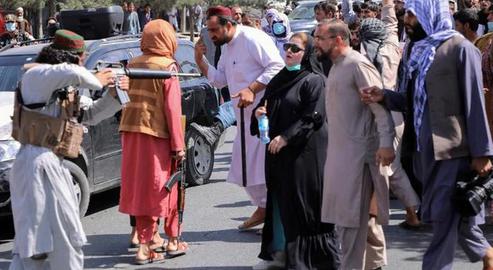
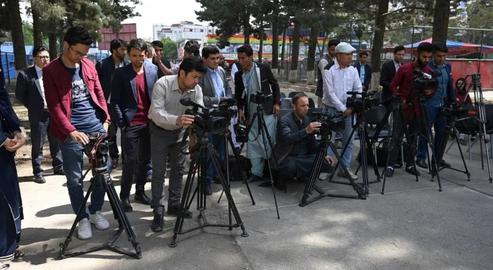
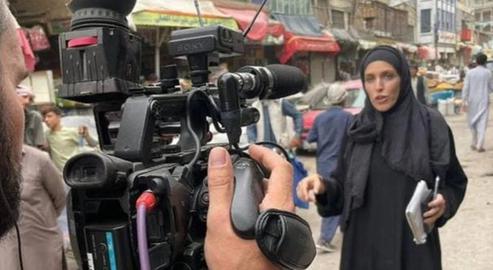

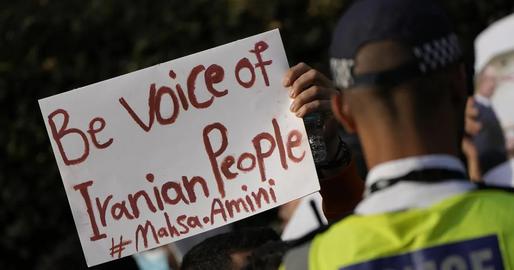
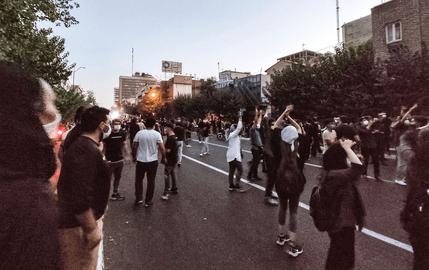


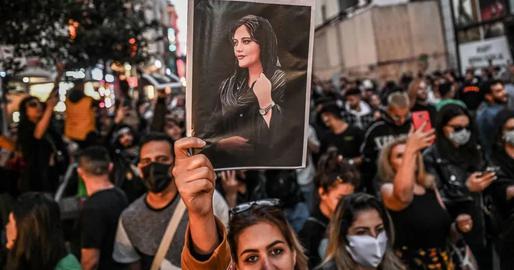
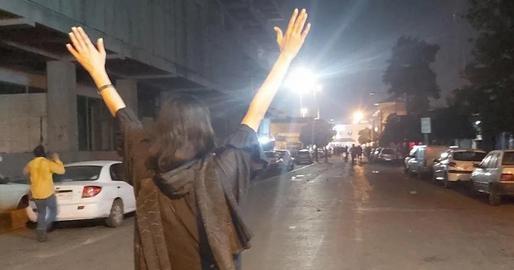

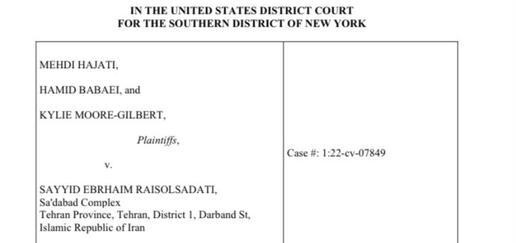

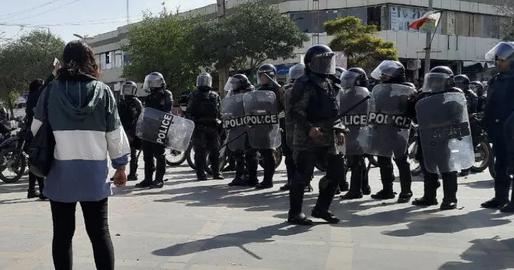
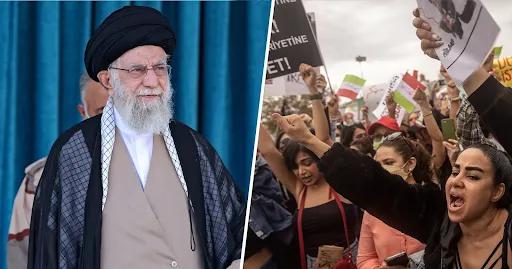

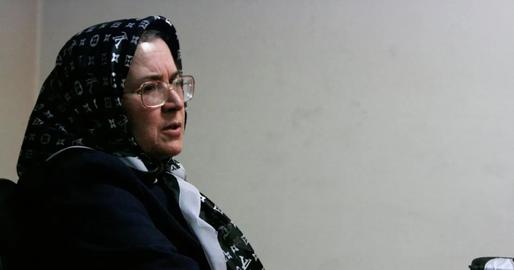
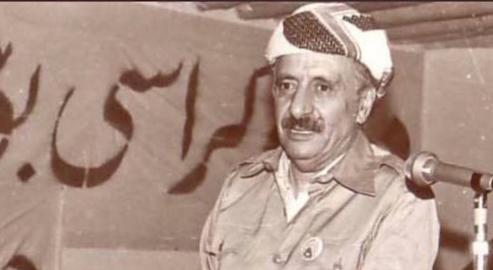
comments